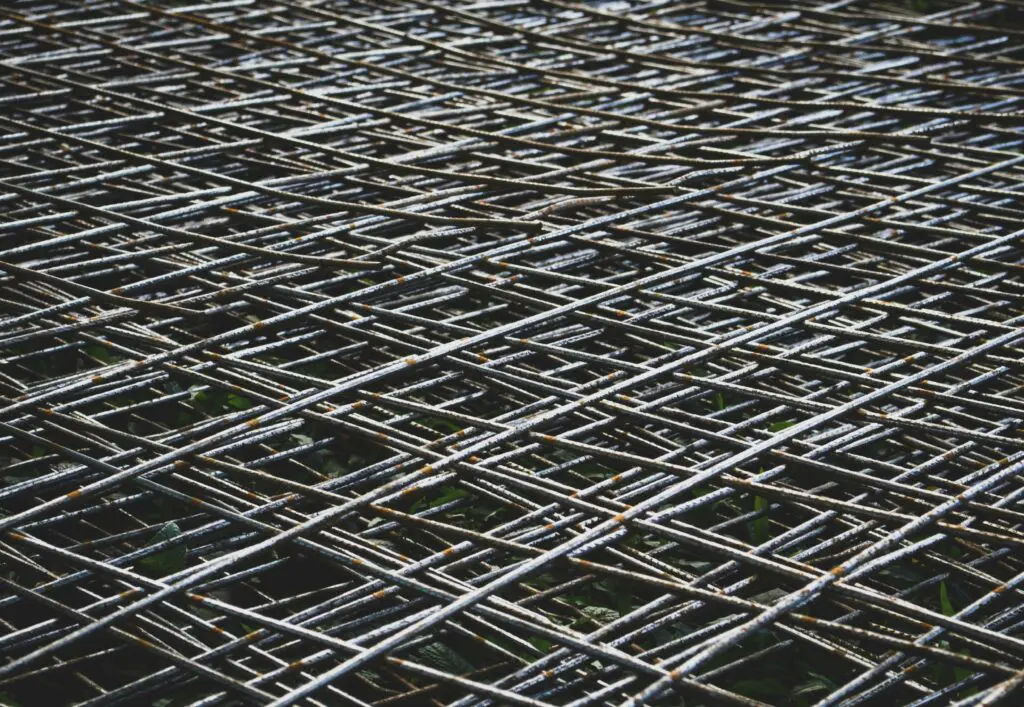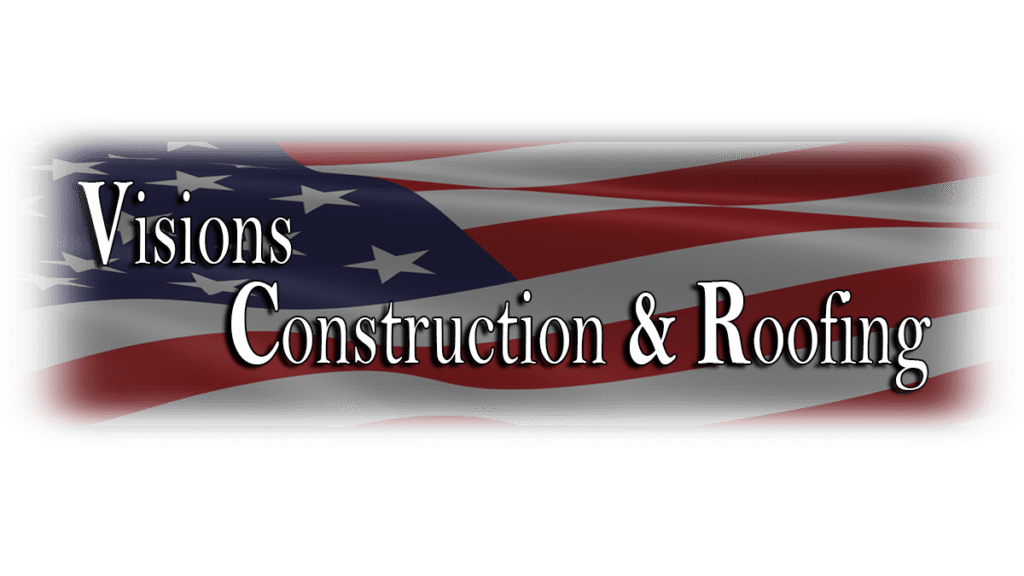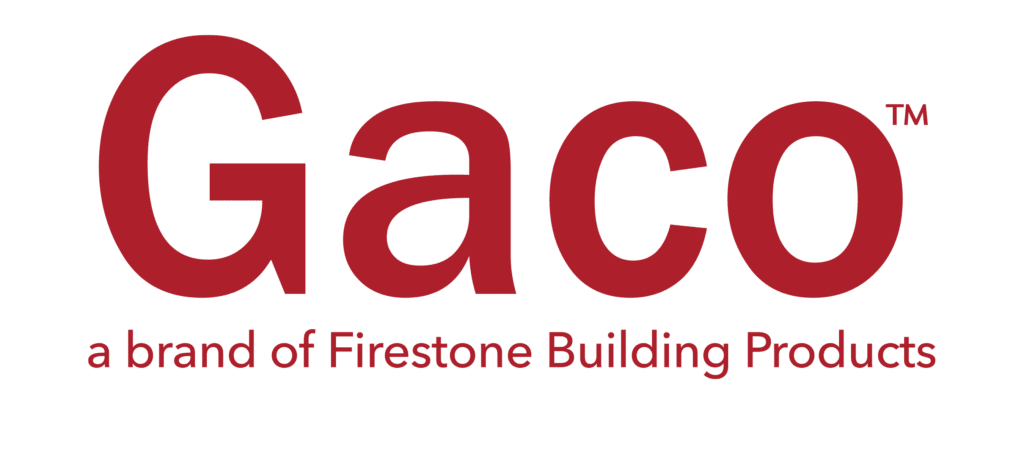
When considering roofing materials for either a new roof or a replacement, it's important to understand the various options available and their benefits. Here’s a straightforward rundown of some popular roofing materials:
- Asphalt Shingles: This is one of the most commonly used roofing materials due to its cost-effectiveness and ease of installation. Asphalt shingles come in a variety of colors and styles and are suitable for many residential homes. They typically last between 20 to 30 years, depending on the quality and weather conditions.
- Metal Roofing: Metal roofs are known for their longevity and durability. They can last up to 50 years or more and are highly resistant to extreme weather conditions. Metal roofing comes in sheets or tiles, and while it's more expensive upfront than some other options, it can offer significant savings over time due to its minimal maintenance needs and energy efficiency.
- Tile Roofing: Often made from clay or concrete, tile roofs are incredibly durable and can last over 50 years. They are excellent for hot climates as they are good at reflecting sunlight, helping to keep buildings cooler. Tile roofs are heavy and require a reinforced roof structure, but they offer a distinctive, often Mediterranean, aesthetic.
- Slate Roofing: Slate is a high-end roofing material known for its natural appearance and remarkable longevity, potentially lasting over 100 years. It's also fire-resistant and environmentally friendly. However, slate is one of the heaviest roofing materials and is quite expensive, making it less common than other types.
- Wood Shingles and Shakes: Wood shingles and shakes have been used for centuries. Shingles are machine-cut and have a smoother, more uniform appearance, while shakes are hand-split, giving them a more rustic look. Wood roofing is less common due to concerns over fire resistance, maintenance, and durability in damp climates.
- Synthetic Roofing: This category includes rubber, plastic, and polymer roofing, designed to mimic the look of natural materials like wood shakes or slate. Synthetic roofing is lightweight, less expensive than natural alternatives, and often comes with good durability and fire resistance.
- Built-Up Roofing (BUR): This type of roofing is common in commercial buildings and consists of multiple layers of asphalt and reinforcing fabric. It's topped with a layer of aggregate (like stone or gravel), making it very durable and resistant to water.
Each material has its pros and cons, and the right choice depends on your specific needs, budget, and climate. It's also essential to consider the appearance of the material and how it will complement your building's style.



